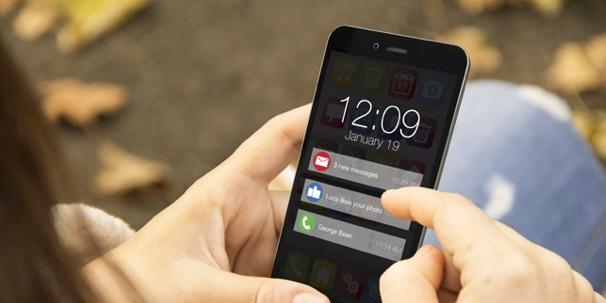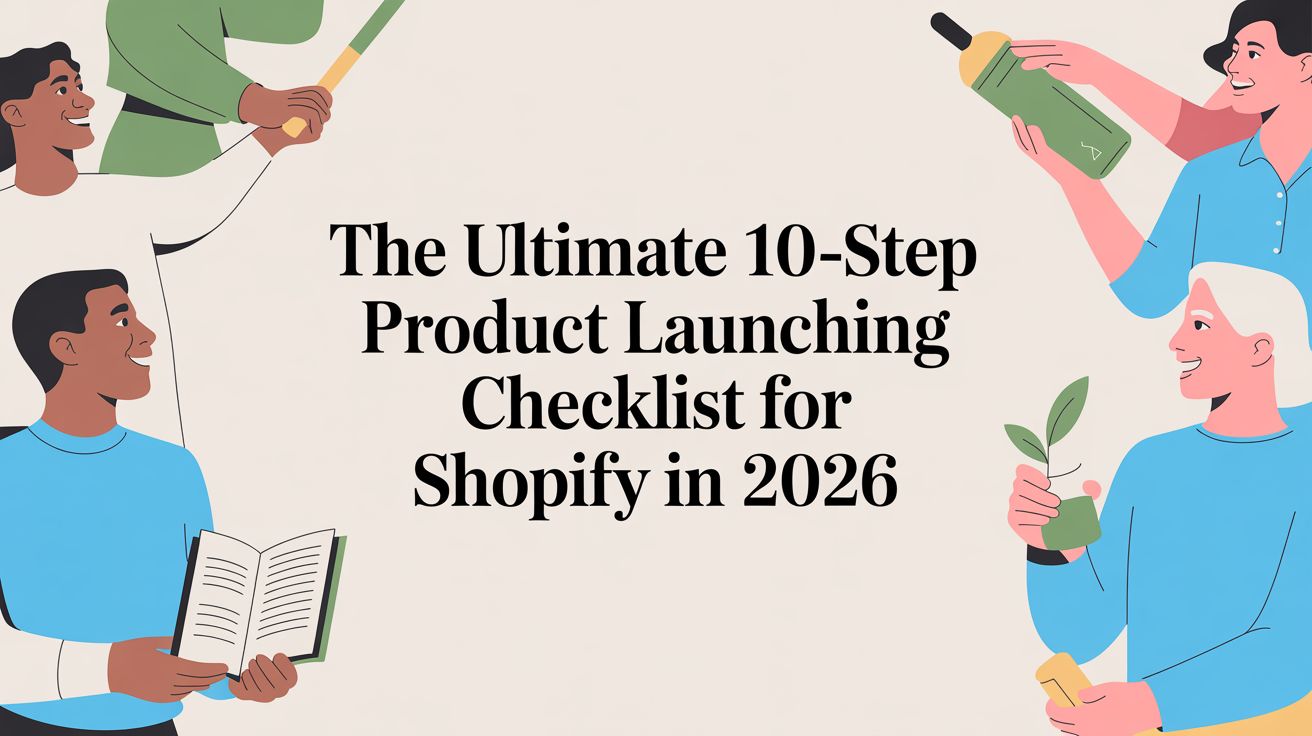
Earning the attention of distracted consumers

If you’ve ever found it hard to keep a consumer’s attention, we hope you’ll find bittersweet comfort in this confirmation: Consumers are definitely distracted.
The truth is, there are a lot of different things consumers can give their attention to right now — constant brand messages, modern technology, daily routines. We understand that cutting through the noise can prove to be quite difficult, so we reached out to Carl Turner, CEO and founder of SWIPEBY, a turnkey curbside pickup platform for restaurants and merchants, to discuss how you can turn consumers' attention back to your brand.
Consumer distraction: A result of little brand relevance
In an ideal world, you’d have the attention of your customers at all times. You’d never have to worry about them being distracted by other brands or getting sidetracked by life experiences. Unfortunately, consumer behavior doesn’t work this way.
In order to tackle the issue of distracted customers, you first need to know what prevents customers from focusing on your brand. Turner says it’s the customers’ inability to view your products or services as relevant.
Placing your efforts on what makes your brand valuable to customers who have directed their attention elsewhere will help you establish a connection with consumers.
“How relevant is a brand to one’s life, routine, existence? If a brand can market relevancy, that brand can then allow marketers to do the things they do best to keep that brand connection and start building brand loyalty,” Turner said. “Fueling one’s car is very relevant in life, so how does Shell be more relevant than BP? The same is true for coffee as it is very relevant in the lives of many, but how does Starbucks become more relevant than Dunkin’ Donuts or Peet’s coffee? Often, the differentiation of the consumer journey and experience helps a brand become more relevant over the other.”
What can marketers do to attract distracted consumers?
Having distracted customers can be disheartening, and it may feel as though winning them over is a long shot thanks to the interference they face from the outside world. Fortunately, there are some things you can do to help steer customers towards your brand, and Turner was kind enough to share them with us.
1. Use technology to regain customer attention
While relevancy, or lack thereof, has a lot to do with consumers turning away from your brand, it’s not the only culprit. Society’s growing fascination with modern media is also driving a wedge between brands and consumers.
There’s no denying technology’s impact on consumers. It’s left them with various brands to connect with through email, social media, text message marketing and more. It’s made them more empowered than ever. But it also has the potential to redirect consumers back to the brands they’ve loved if it’s used correctly.
“For the most part, when it comes to marketing, access to data is critical. There are lots of platforms out there for retailers and others to capture customer data to use in marketing. To achieve that very little budget or bandwidth is required if you have the right tools. Increasingly, tools like POS systems, ordering and delivery apps and loyalty apps have data capture and analytics built in that can be used for marketing at a fraction of the cost of a transaction,” said Turner.
Beating consumer distraction is a lot like fighting fire with fire: If your consumer's attention is elsewhere, like on a long drive home, Turner suggests using technology to connect with the individual while there’s nothing for them to do but listen to your brand messaging.
“There are all sorts of retail technologies that help businesses grab attention. For example, there is the ever-valuable drive time to and from a retail establishment that businesses are leveraging through platforms out there that allow them to break through distractions and market directly during drive time to pick up products and then the drive time on the way back,” said Turner. “While this drive time may be considered a time of distraction, with the right technology smaller brands can turn it into an opportunity to sell, upsell or just create greater brand awareness.”
2. Create new experiences
Losing a consumer’s focus isn’t fun, but that doesn’t mean all hope is lost. If past practices aren’t working anymore then Turner says it’s time for something new.
“Surprise them with new experiences, and create a reason to talk to them over and over again. New products, new promotions, changes in the business, solicitation of their feedback are all ways to reconnect. Continual interaction and refreshing the brand’s message over and over encourages consumers to want to connect again and again. Thus, creating a stickiness that pays off in sales and brand loyalty,” said Turner.
The end goal with these new experiences is to lock your consumers into a purchasing journey that is so compelling that it becomes a habit and part of their daily routines.
“Often it is out of necessity that consumers engage with brands — ‘I need a cup of coffee this morning,’ ” said Turner. “But it is the habit of going to the same outlet because of convenience or desire that keeps customers engaged and not distracted. More often than not it is because brand interaction has become a habit that keeps consumers coming back and prevents them from being distracted.”
Understanding the root cause of distracted consumers and having a plan in place to get them to notice you can have a profound impact on your customer relationships. It’s time to win back distracted customers. We know you can do it.

Lindsay Keener is a brand journalist for Quikly. She covers stories that help to inform and educate consumer-facing marketers.

